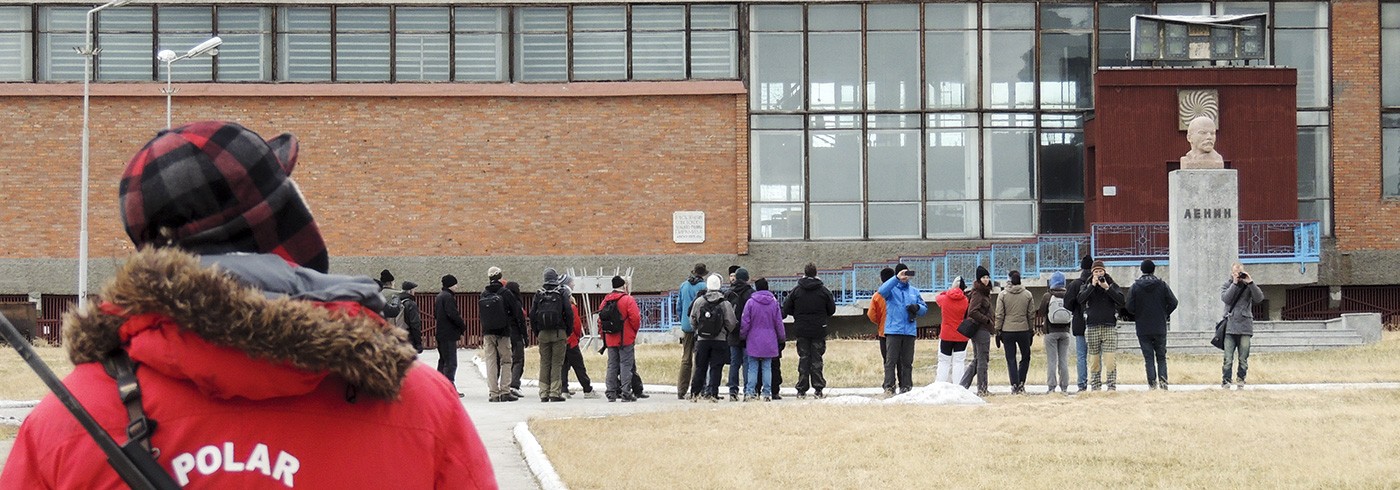Present and future tourism development of Russian settlements on Svalbard: perspectives and possibilities
22 June 2014 - 29 June 2014Two Russian settlements, Barentsburg and Pyramiden, has been an integral part of the tourism offer on Svalbard for many years. Information concerning tourism development in the Arctic is vital in order to assess any negative impacts of the increased tourism flows on the surrounding environment. The information also opens up the potential for collaborations between stakeholders. Nowadays, the most prominent companies in the Norwegian tourism industry aware of the need for developed collaborations with the Russian side. But who is responsible for the destination development of two Russian settlements and what are the plans for this development?
This research was mainly carried out in Longyearbyen and Barentsburg. A boat trip to Pyramiden was also included in order to estimate the tourism and activities that currently take place in the settlement. The greatest source of information consisted of participation observations of tourist groups and interviews with key informants from the Norwegian and Russian side.
The Russian state-owned company ”Arktikugol” has implemented the latest improvements in tourism infrastructure which has led to increased visits of both settlements. But companies do not utilize their potential to connect the settlement to its heritage. Nor is there any plans for how to develop tourism, which allows multiple entities to compete with each other, which lowers a quality of service. However, the recent change in the leadership has an opportunity to improve the situation and lead to significant improvements in the service.










